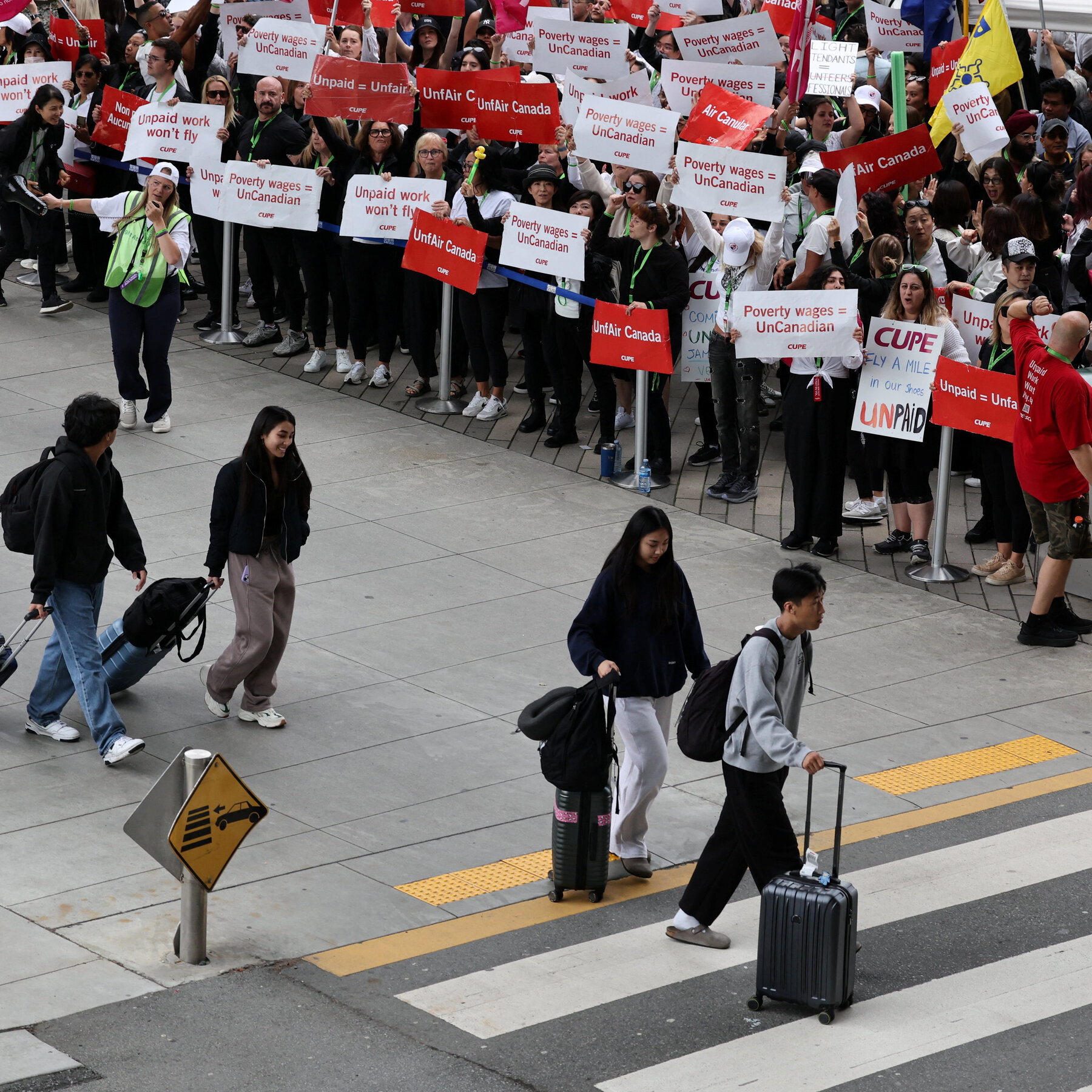

Microsoft said on Wednesday that it would lay off roughly 4 percent of its work force, or about 9,000 people, in another indication of the tightening job market at big technology companies.
The layoffs follow a reduction of about 6,000 positions in May. Microsoft had 228,000 employees at the end of June 2024, its most recent disclosure.
Though the outlook for the economy has been shaky in recent months, Microsoft has continued to produce multibillion-dollar quarterly profits. Its last earnings report showed unexpected strength, and investors have driven its market valuation up to almost $3.7 trillion. But Microsoft is in the middle of an expensive investment in artificial intelligence, including spending billions to lease and build data centers to support the demand for cloud computing and A.I.
The cuts were also a sign that Microsoft’s A.I. development may be having an impact on the size of its own work force. Microsoft’s A.I. product for coding and software development, Github Copilot, now has more than 15 million users, and executives have marveled publicly about how effective it has become.
Executives at a number of other tech companies have hinted that they expect A.I. to replace some of their workers. Andy Jassy, Amazon’s chief executive, told employees last month that he expected its corporate work force to shrink in the coming years “as we get efficiency gains from using A.I. extensively across the company.”
The tough outlook for rank and file tech workers stands in contrast to the intense competition for top A.I. researchers. Meta, for example, has been heavily recruiting top researchers, dangling job offers that on one occasion hit $100 million.
(The New York Times has sued Microsoft and its partner OpenAI, claiming copyright infringement of news content related to A.I. systems. The two companies have denied the suit’s claims.)
The cuts were widely expected internally, as Microsoft started its new fiscal year on Tuesday. They span geographies and roles at the company, including teams that work in sales and the company’s video game business.
“We continue to implement organizational changes necessary to best position the company and teams for success in a dynamic marketplace,” the company said in a statement.
Phil Spencer, who leads Microsoft’s video game business, said in a note to his division on Wednesday that the cuts were part of “the discipline to prioritize the strongest opportunities” and focus on areas with the most potential.
Along with other big tech companies, Microsoft executives have been talking in recent months about trying to reduce bureaucracy and having each manager oversee more people.
In a call with investors at the end of April, Microsoft’s finance chief, Amy Hood, said the company was “increasing our agility by reducing layers with fewer managers.”
Managers were trimmed in the previous round of layoffs, but they were not the primary target. Instead, software engineers and individual product managers bore the brunt of the cuts, according to data from Microsoft’s home state of Washington published by The Seattle Times.









-3.png)



